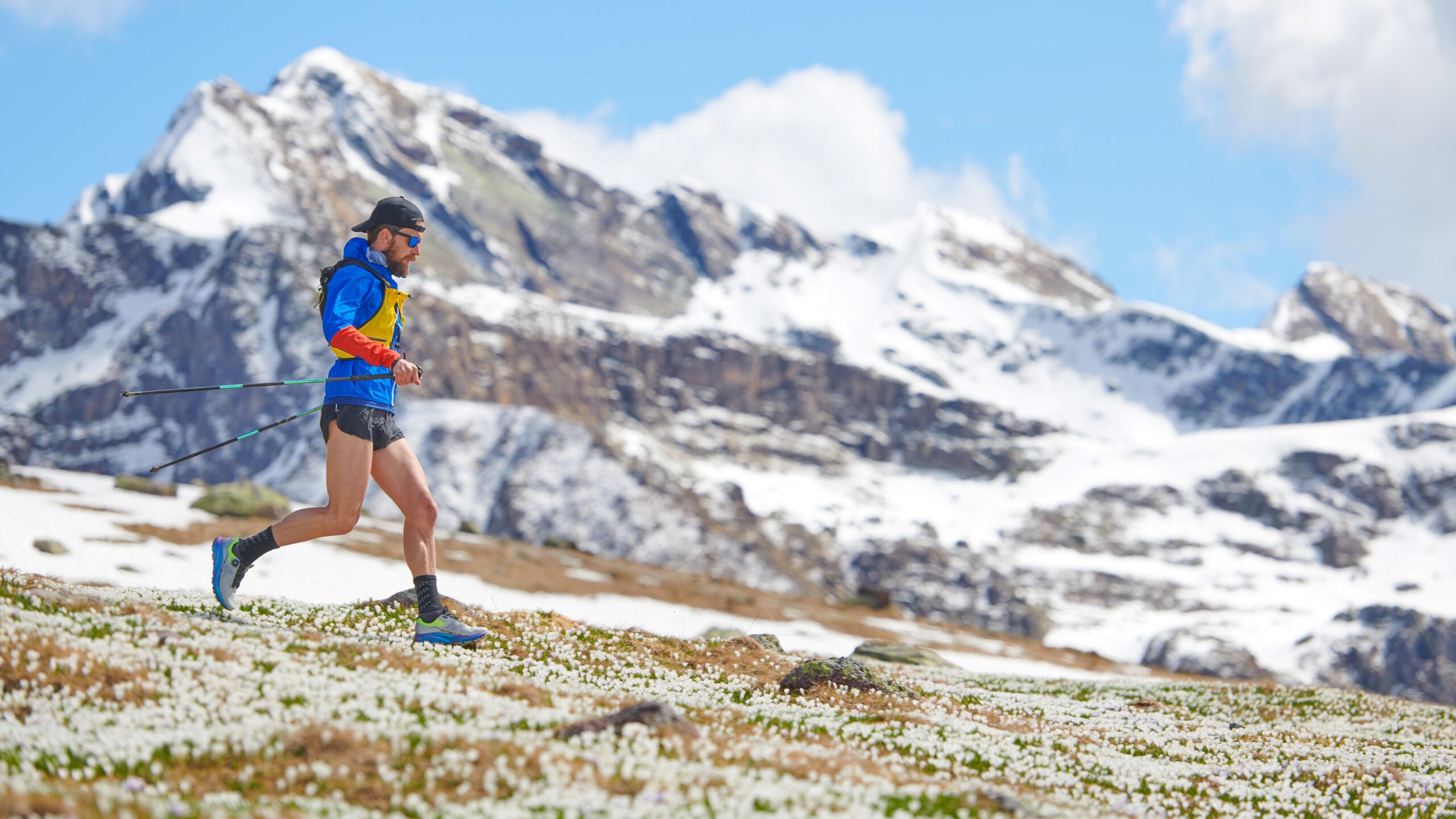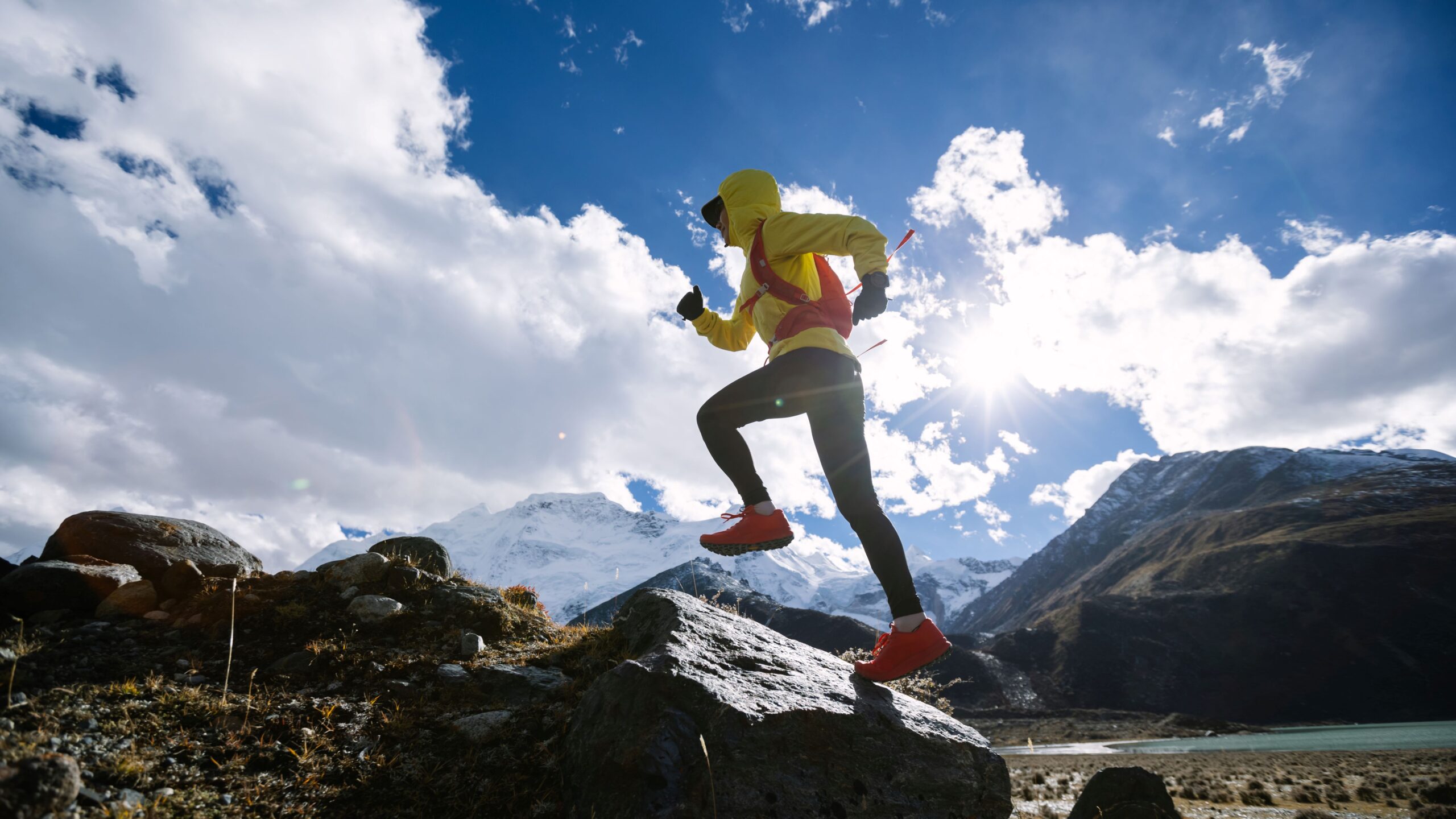Preparing for Ethiotrail is not just about clocking miles — it’s about preparing your body for the unique challenges of running at high altitude.
At elevations between 2,600 and 3,200 meters, like those found around Lalibela, oxygen levels are significantly lower than at sea level. This environmental change forces the body to adapt by producing more red blood cells, improving the efficiency of oxygen delivery to muscles.
However, this process doesn’t happen overnight. It typically requires several weeks of progressive exposure to higher altitudes. Without proper acclimatization, runners risk facing altitude sickness, fatigue, or a dramatic decrease in performance. Therefore, understanding and respecting high-altitude physiology is crucial for success at Ethiotrail.
Building Endurance and Strength
Endurance and muscular strength are the cornerstones of successful trail running, especially at elevation. A well-structured training plan will help you develop both.
- Weekly Training:
Aim for 3–4 trail runs or hill interval sessions each week. Incorporating steep climbs into your regular routes helps simulate the uphill challenges you’ll face in Ethiotrail. - Cross-Training:
Supplement your running with cycling, particularly on hilly terrain or using resistance settings on a stationary bike. Cycling helps build leg strength and cardiovascular endurance without the repetitive impact of running. - Swimming:
Incorporate structured breath-hold or restricted breathing exercises during swim sessions.
Remember: consistency is key. Regular varied training not only strengthens your muscles and cardiovascular system but also mentally prepares you for the sustained efforts required during the race.
Simulating Race Conditions
To fully prepare for Ethiotrail, it’s essential to expose your body to conditions similar to those you’ll experience during the race.
- Elevation Training:
Even short trips to higher elevations can accelerate acclimatization. If you live at sea level, consider using hypoxic masks or sleeping in altitude tents to simulate reduced oxygen environments, although natural exposure is always more effective. - Terrain-Specific Workouts:
Gradually increase both the elevation gain and the technical difficulty of your training hikes and runs. Practice on rocky trails, uneven paths, and steep descents. This will help you adapt not only physically but also improve your balance, coordination, and mental resilience. - Long Effort Days:
Plan longer training sessions on weekends, gradually extending both distance and elevation gain. Carry a hydration pack, trail snacks, and other race-day essentials to familiarize yourself with running while fully equipped.
The Ethiopian Tour Association emphasizes that simulating the conditions you’ll encounter during the race is one of the most effective ways to prepare both mind and body for the challenges ahead.
Start Your Ethiotrail Journey Today
Training for Ethiotrail is a rewarding journey in itself — a blend of physical preparation, mental resilience, and adventurous spirit. By focusing on acclimatization, endurance building, and race-specific simulations, you’ll give yourself the best chance not just to finish, but to fully enjoy and embrace the incredible experience that Ethiotrail offers.